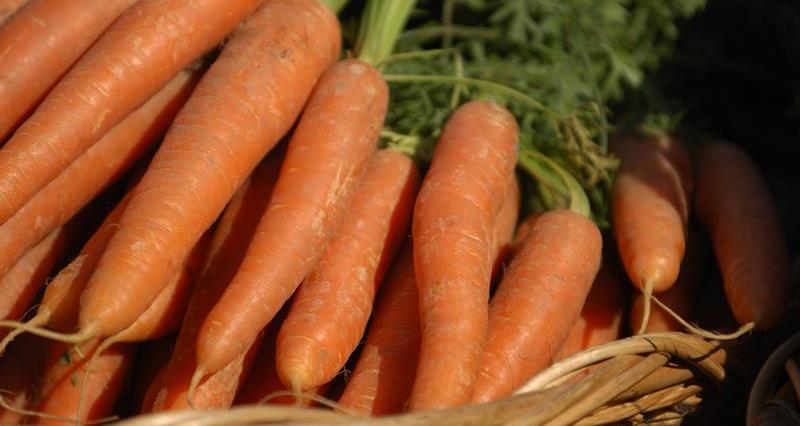British Christmas supermarket sales hit a record £13 billion in December, with household grocery spending averaging £460 over the four weeks leading up to Christmas.
While spending increased, purchase volumes remained flat due to inflation.
Premium own-label sales surged by 14.6%, now making up 7% of all sales.
Online grocery shopping also reached new heights, with 5.6 million households using delivery or click-and-collect, driving online spending to £1.6 billion, continuing to outpace in-store sales.
Ocado increased sales by 9.6% over the 12 weeks to Christmas, taking its GB grocery market share to 1.8%, while Tesco’s online sales grew by 10.8%, boosted by more than 1.2 million Tesco Whoosh rapid delivery orders.
Key stats at a glance:
- British Christmas supermarket sales hit a record £13 billion in December.
- Online spending reached £1.6 billion
- Premium own-label sales surged by 14.6%, now making up 7% of all sales.
Tesco dominates the market
Tesco maintained its lead, increasing grocery sales by 6.8% year-on-year over December and growing its market share to 28.5%.
More than 18 million customers bought Tesco’s Finest range, driving a 16.7% sales increase, resulting from a net switching from premium retailers.
Price cuts on nearly 2,700 products helped attract shoppers, offering a full Christmas dinner for just £2.09 per person.
See the breakdown at: tescoplc.com | Q3 and Christmas Trading Statement 2024/25.
Sainsbury’s premium growth
Sainsbury’s year-on-year sales rose by 3.8% in the six weeks to 4 January, with its ‘Taste the Difference’ range growing by 16% and outperforming competitors.
Nectar Price promotions attracted big-basket shoppers, and party food sales surged by 40%, with more than 200 bottles of fizz sold per minute in the lead up to Christmas, growing Sainsbury’s grocery market share to 16%.
See the breakdown at: sainsburys.co.uk | Third Quarter Trading Statement for the 16 weeks to 4 January 2025.
Lidl gains market share
Lidl’s customer base grew by 2 million, driving a 7% sales increase and surpassing £1 billion turnover in December, driving Lidl’s market share to 7.3%.
Lidl saw an increase to its British supply base by 20%, with one fresh British turkey being sold every second, along with 16 million British pigs in blankets and 750,000 British beef joints.
Discounts meant shoppers were able to enjoy a full Christmas dinner for just £1.78. Lidl’s advent calendar campaign helped engage more than 1 million customers, driving loyalty throughout the season.
See the breakdown at: lidl.co.uk | Innovation, British sourcing and best value deliver record festive sales for Lidl.
Aldi expands and grows sales
Aldi’s year-on-year sales increased by 3.4% to £1.6 billion, with market share reaching 10%.
Its busiest trading day was 23 December, with nearly 3 million customers passing through tills.
Christmas product sales rose by 10% and reached more than £1.6 billion, making it Aldi’s best yet as shoppers spread costs by buying themed treats even earlier.
Strong sales of fresh British products were recorded, with more than 350,000 British turkeys sold, more than 400 tonnes of British beef, and almost 3 million British brussels sprouts.
However, the discounter has opened several new stores throughout 2024, which could have accounted for most of its 3.4% Christmas sales growth.
See the breakdown at: aldi.co.uk | Shoppers trade up with Christmas boom in premium own-label.
M&S breaks records
M&S food sales jumped 8.7%, with grocery like-for-like sales up 8.9% over the 13 weeks to 28 December.
Core category sales rose, and smaller stores saw record volumes, supporting its strategy for store renewal.
M&S launched 500 new Christmas lines, driving a 14% increase in festive product sales.
See the breakdown at: marksandspencer.com | Reshaping for growth delivers another good Christmas.
Morrisons hit by cyberattack
Morrisons saw its strongest annual growth in four years, with like-for-like sales up 4.1%.
However, a cyberattack to Morrisons technology provider – Blue Yonder – in November disrupted fresh produce availability across the critical Christmas period, which may have contributed to the retailers slowing Christmas sales growth and reducing market share to 8.6% from 8.8%.
See the breakdown at: morrisons.com | Morrisons trading update for Q4 and Full Year 2023/24.
Waitrose struggles against rivals
Waitrose relaunched its premium no.1 range in September, contributing to 554 new Christmas products.
However, sales only grew by 2.1%, lagging behind M&S. Online sales remained flat, and Little Waitrose convenience store sales dropped by 18%, keeping Waitrose’s market share at 4.6%.
Asda kicking off promotions in 2025
Asda has yet to release its Christmas trading statement, but Kantar data shows a 5.8% sales decline over the 12-week period, reducing its market share to 12.5%.
However, Asda has re-launched its 2025 ‘Roll Back’ campaign to regain big shop customers and boost volume sales.


